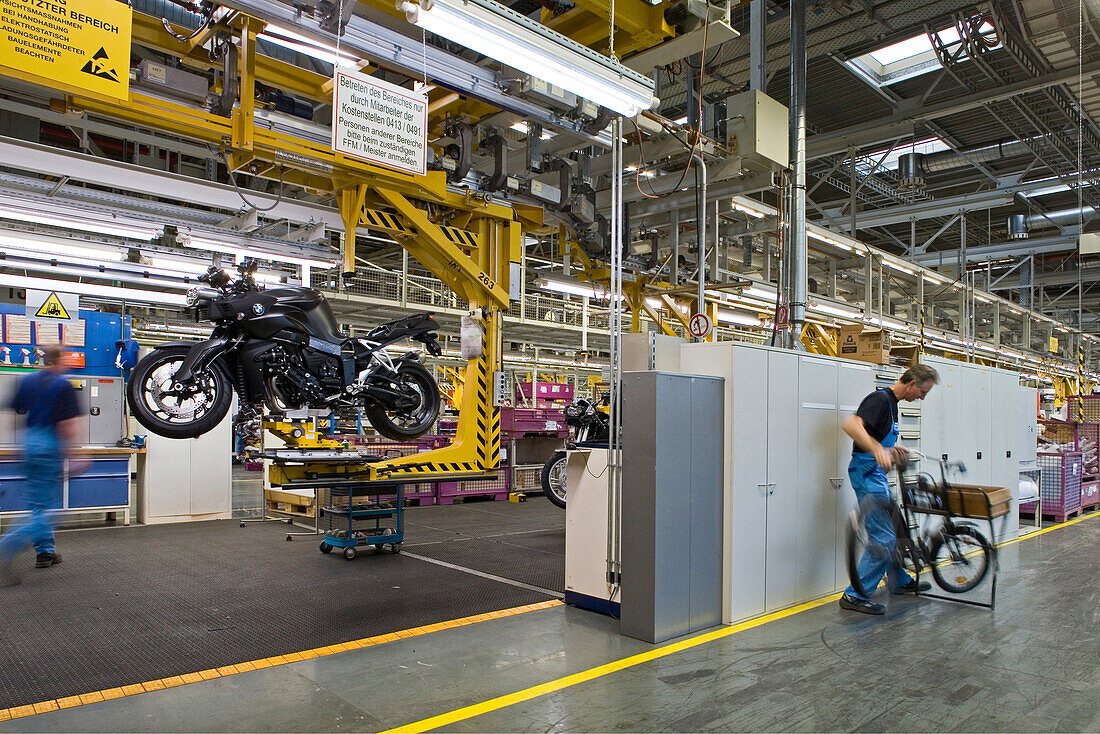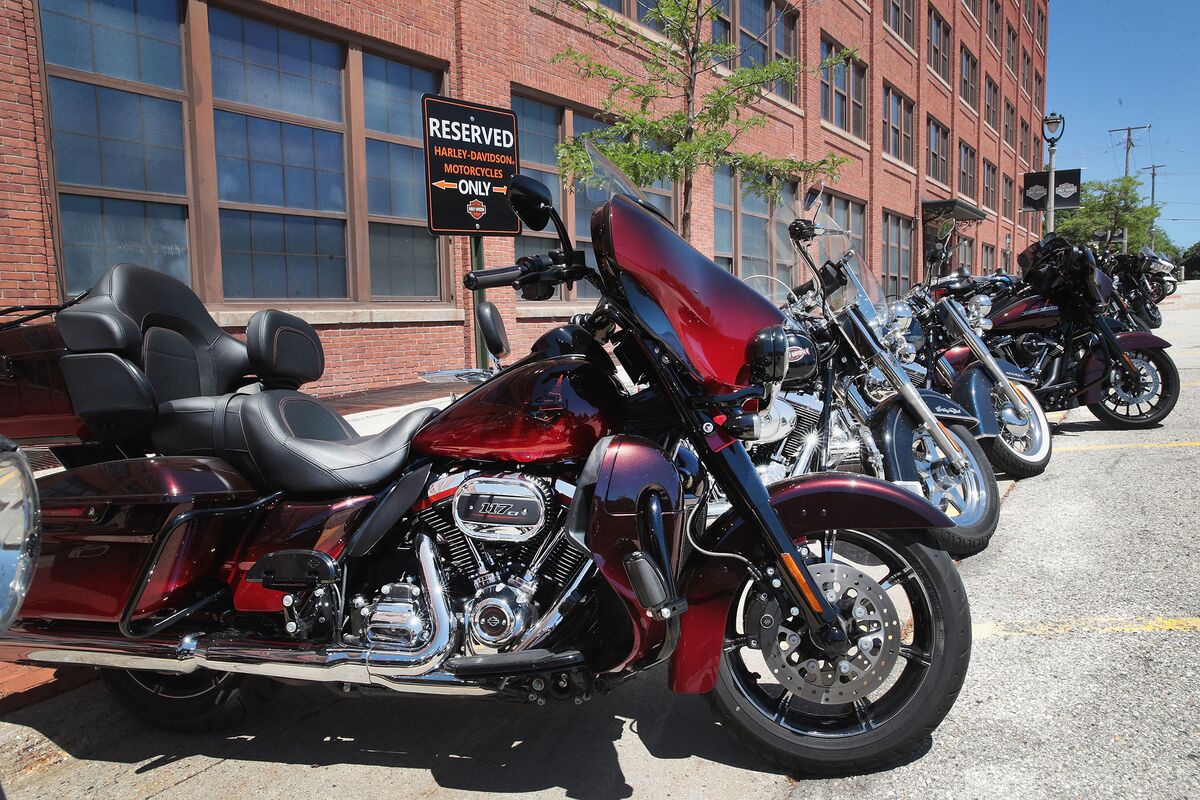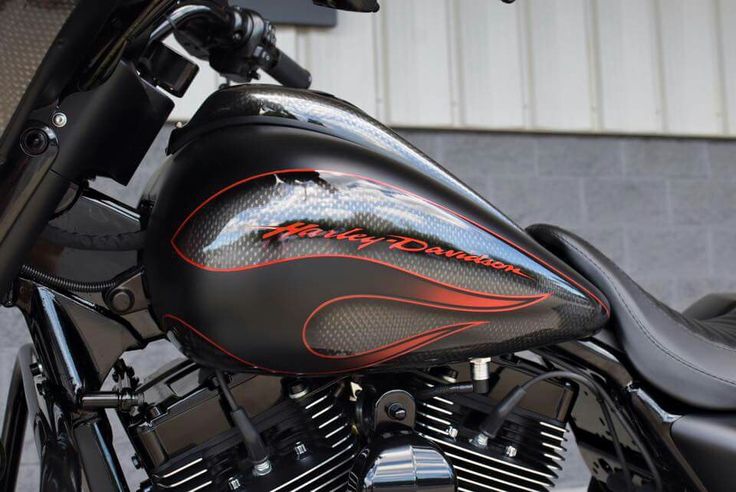The process of painting motorcycle brake calipers not only gives your bike a fresh look but also contributes to maintaining its performance. Knowing how to paint motorcycle brake calipers effectively can transform your motorcycle altogether. In this guide, we break down the steps to help you carry out this task efficiently.

Why Paint Motorcycle Brake Calipers?
Painted brake calipers are a trend in the motorcycle world. They offer a personalized look and can also protect the calipers from rust and corrosion. This guide walks you through the necessary steps for painting your motorcycle brake calipers.
Materials Needed for Painting Brake Calipers
- High-Temperature Brake Caliper Paint
- Brake Cleaner
- Painters Tape
- Sandpaper
- Wire Brush
- Drop Cloth
- Gloves
- Face Mask
Preparatory Steps
Safety First
Before you begin, make sure to work in a well-ventilated area and use a face mask and gloves for protection.
Gathering Tools
It’s essential to have all the tools ready before starting the project. This will ensure a smooth process and help you concentrate on painting without interruptions.
Removing the Brake Calipers
Step-by-Step Removal
Follow these steps to properly remove the brake calipers:
- Lift the motorcycle and secure it on a jack.
- Remove the tires to access the calipers.
- Carefully unbolt the calipers from the brake assembly.
Cleaning the Brake Calipers
Thoroughly clean the calipers using a brake cleaner. This eliminates dirt, grime, and remnants of old brake fluid that could prevent the paint from sticking properly.
Sanding and Preparing the Surface
The Importance of Surface Preparation
Use sandpaper or a wire brush to remove any existing paint or contaminants from the calipers. A clean and smooth surface ensures the paint adheres well.
Masking Off Areas
Use painter’s tape to cover areas you do not want to paint. This step ensures a clean, professional look for the finished calipers.
Painting the Brake Calipers
Applying Primer
First, apply a high-temperature primer to the calipers. This foundation allows for better adhesion of the paint and enhances durability.
Painting Process
Apply the brake caliper paint in thin layers. Its advisable to spray multiple coats rather than one thick layer to avoid drips and uneven coverage.
Drying and Curing
Immediate Drying
Allow the paint to dry for at least 30 minutes between each coat. Patience is key to a lasting finish.
Curing Time
Once all coats are applied, let the calipers cure for 24 to 48 hours before reassembly.
Reassembling the Brake Calipers
Step-by-Step Reassembly
Follow these steps to reassemble the brake calipers:
- Reattach the calipers to the brake assembly.
- Secure bolts and ensure all connections are tight.
- Install the tires back onto the motorcycle.
Final Adjustments
Double-check all bolts and parts to ensure everything is correctly assembled and secured.
Additional Tips for Success
- Choose the right paint designed for high temperatures.
- Work in a dust-free environment to avoid particles sticking to the wet paint.
- Take your time to achieve the best results.
Maintaining Painted Brake Calipers
Regularly clean the calipers using mild soap and water. Avoid abrasive cleaners that can damage the paint.
Common Mistakes to Avoid
- Skipping the primer can lead to poor paint adhesion.
- Applying thick layers of paint can cause drips and uneven coating.
- Not allowing enough time for the paint to dry can ruin the finish.

Frequently Asked Questions
How long does the painting process take?
The entire process, including preparation and curing, can take up to 48 hours.
Is it necessary to remove the calipers for painting?
Yes, this ensures that the paint covers all areas and prevents paint from getting on unwanted parts.
What type of paint should I use?
Always use high-temperature paint specifically designed for brake calipers.
For more insights, visit this Yamaha page.
Discover more about high-speed inspection in various industrial applications at Semiconductor Manufacturing and learn Primary Purpose of Tachometer.
